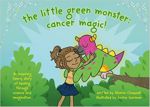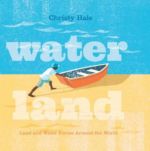
The Second World War was the most devastating war in history, resulting in up to eighty million deaths and causing the map of the world to be redrawn. Now, more than seventy years after peace was declared, a variety of people who lived through the war share their memories with children so that their experiences will never be forgotten. In this compelling collection, pilots, evacuees, resistance fighters, and navy sailors, as well as survivors of the Holocaust, prisoners-of-war camps, and the Hiroshima bombing, tell their stories, passing on their personal recollections of historical events to a new generation. The stories in Voices from the Second World War were collected by children from all over the world who met with people who wanted to share experiences from the war. These stories, which take place from the outbreak of war to the Hiroshima bombing, capture the spirit and courage of a generation of people affected by World War II.










